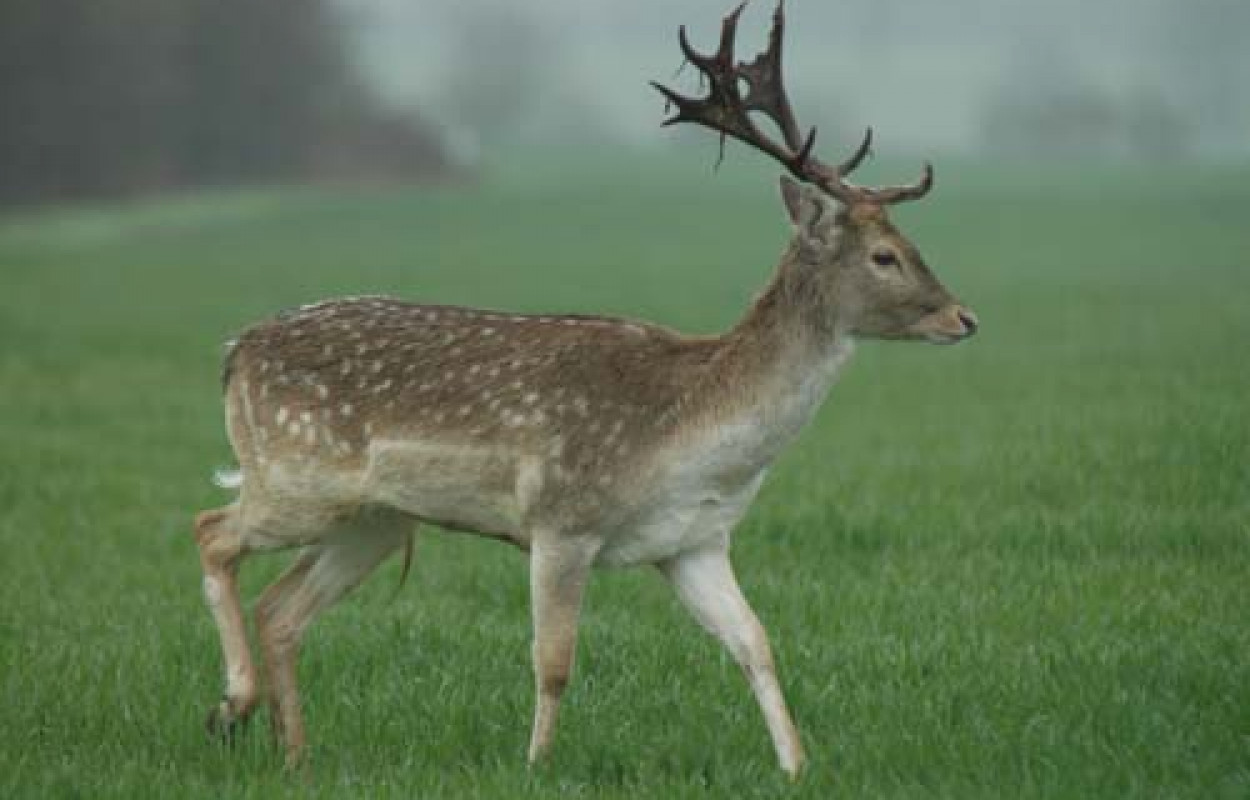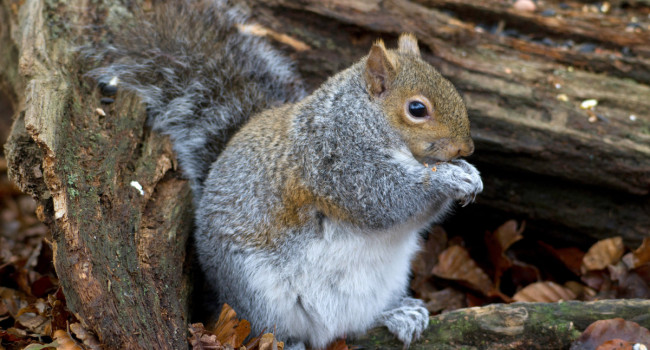Modelling large-scale relationships between increasing abundance of deer and changes changes in bird populations in lowland England

Author(s): Newson, S.E., Johnston, A., Renwick, A.R., Baillie, S.B. & Fuller, R.J.
Published: January 2012
Journal: Journal of Applied Ecology Volume: 49 ( part 1 )
Digital Identifier No. (DOI): 10.1111/j.1365-2664.2011.02077.x
Newly published work by BTO scientists suggests that the increasing abundance of three widespread deer species, Reeves’ Muntjac, Roe Deer and Fallow Deer, have contributed to population declines of several breeding woodland birds in lowland England.
The research applied novel analytical techniques to data collected through the Breeding Bird Survey, and indicated that populations of five bird species associated with dense understorey habitat have been depressed at sites where deer have increased. The two species of conservation concern, Common Nightingale and Willow Tit, are likely to have been worst affected. Modifications to the understory through deer browsing are thought to underpin these declines. Since high deer populations are now prevalent and likely to be affecting woodland biodiversity in large parts of lowland England, broad scale and co-ordinated deer management is required, and could usefully target areas that still support high populations of species sensitive to deer.







Share this page